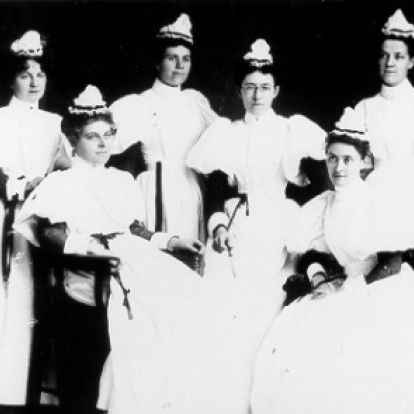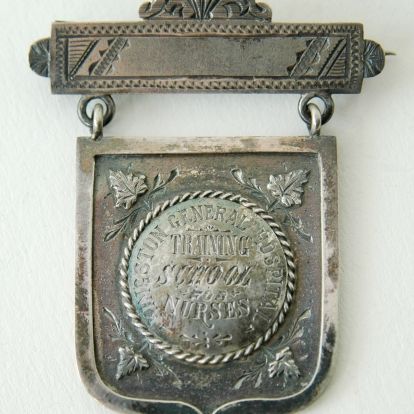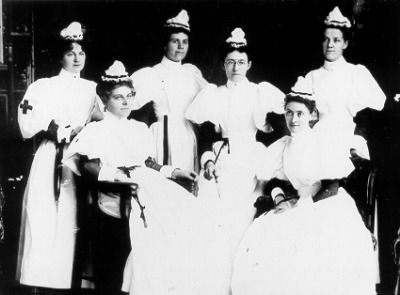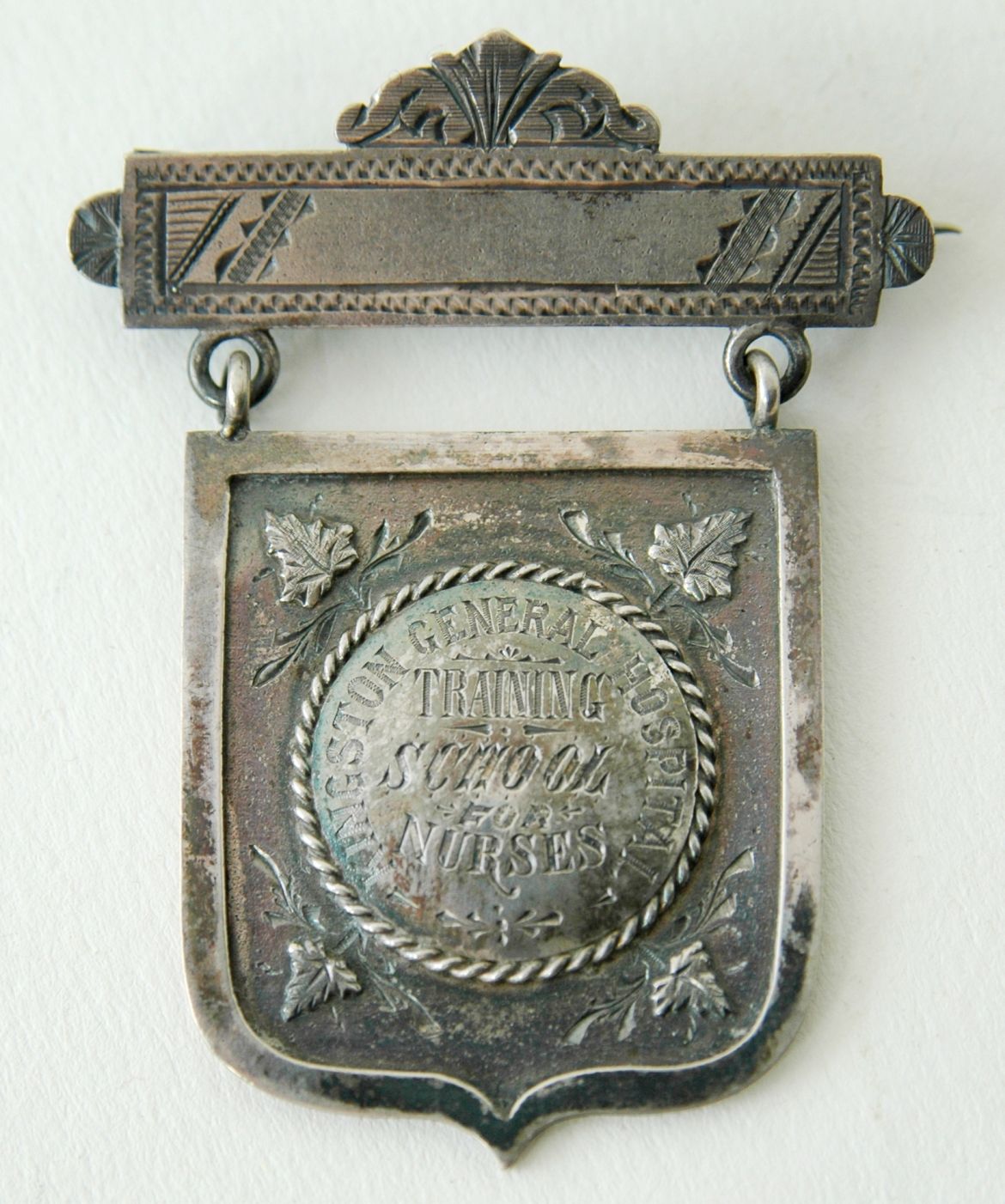Effective immediately masking is required for everyone when present on all inpatient units, in the Emergency Department (ED), the Urgent Care Centre (UCC), and the Children’s Outpatient Centre (COPC).
KGH School of Nursing
By the 1880’s antiseptic practices had been adopted and the surgical field was expanding. As medical care became more specialized and complex, its practitioners began to realize the immense benefit that trained nurses had to play in improving patient care.
Kingston General Hospital’s board supported hiring more and better qualified nurses, but had to do so without increasing costs. In 1885, Dr. Kenneth Fenwick, a Professor of Obstetrics and Gynecology at Queen’s and the hospital’s house surgeon proposed a solution to this quandary. He suggested that a training school for nurses be opened and run out of the hospital. Its purpose would be two-fold – to educate nurses while simultaneously providing a labour force. Advertisements for positions were placed in November 1885, requesting young women aged between 18 and 30. The first probationers were accepted in 1886 and two years later, in 1888, the trainees graduated. This makes the Kingston General Hospital School of Nursing one of the earliest apprenticeship-based training programs for nurses in Canada. Each trainee completed three months of probation without pay. They received $4 per month in the subsequent year, and $6 per month during their second year of training. Payment of student nurses ended in the early 20th century.
These first student nurses had a number of duties including: completing course studies, caring for patients, tidying patient rooms, and preparing and serving meals. They regularly worked 12 hours per day on the wards and in the operating rooms and, when necessary, sometimes worked as many as 20 hours. When they graduated they received a $25 gratuity, a certificate of completion, and a nursing medal.



Early graduates from the KGH School of Nursing

School of Nursing medal, 1888 - presented to Mary O'Hara
